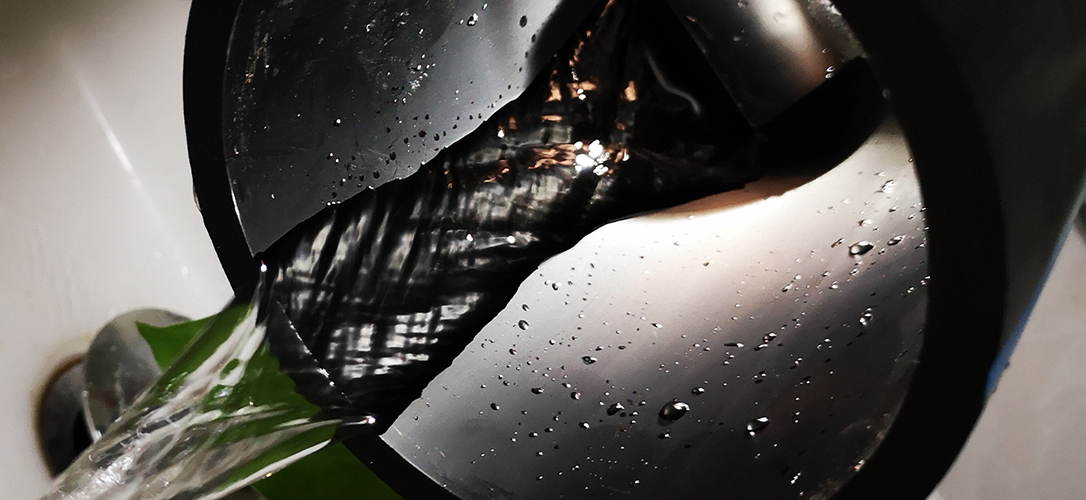PE Pipe Joining
PE pipes are usually connected by the following four welding methods.
Butt Fusion
PE Pipe Joining Procedures The principle of heat fusion is to heat two surfaces to a designated temperature, then fuse them together by application of a sufficient force. This force causes the melted materials to flow and mix, thereby resulting in fusion. When fused according to the pipe and/or fitting procedures, the joint area becomes as strong as, or stronger than, the pipe itself in both tensile and pressure properties and properly fused joints are absolutely leak proof. As soon as the joint cools to near ambient temperature, it is ready for handling.
The most widely used method for joining individual lengths of PE pipe and pipe to PE fittings is by heat fusion of the pipe butt ends as illustrated this technique produces a permanent, economical and flow-efficient connection. Quality butt fusion joints are produced by using trained operators and quality butt fusion machines in good condition.

Electrofusion ( EF )
The electrofusion joint is heated internally, either by a conductor at the interface of the joint or, as in one design, by a conductive polymer. Heat is created as an electric current is applied to the conductive material in the fitting. illustrates a typical electrofusion joint. PE pipe to pipe connections made using the electrofusion process require the use of electrofusion couplings.

General steps to be followed when performing electrofusion joining are:
- Prepare the pipe (scrape, clean)
- Mark the pipe
- Align and restrain pipe and fitting
- Apply the electric current
- Cool and remove the clamps
- Document the fusion process

Socket Fusion
This technique consists of simultaneously heating both the external surface of the pipe end and the internal surface of the socket fitting until the material reaches the recommended fusion temperature, inspecting the melt pattern, inserting the pipe end into the socket, and holding it in place until the joint cools.
Socket Fusion
Follow these general steps when performing socket fusion:
- Thoroughly clean the end of the pipe and the matching inside surface of the fittin
- Square and prepare the pipe end
- Heat the parts
- Join the parts
- Allow to cool

Flanged Connections
When joining to metal or to certain other piping materials, or if a pipe section capable of disassembly is required, PE fange adapters, The “Flange Adapter” and its shorter version, the “Stub End,” are designed so that one end is sized the same as the PE pipe for butt fusion to it. The other end has been especially made with a fange-type end that, provides structural.
The general procedures for joining would be:
- Slip the metal ring onto the PE pipe section, far enough away from the end to avoid interference with operation of the butt fusion equipment
- If a stub end is used, first butt-fuse a short length of PE pipe to the pipe end of the stub end. if a “flange adapter” is used, the PE pipe-sized end is usually longenough that this step is unnecessary.
- Butt fuse the flange adapter to the PE pipe segment
- The fusion bead may need to be removed to clear the back-up ring as it is moved against the flange
- Position the flanged face of the adapter at the position equired so that the back-up ring previously placed on the PE pipe segment can be attached to the metal flange
- Install and tighten the flange bolts in a criss-coss pattern sequence normally used with flange type connections, drawing the metal and PE flangfaces evenly and flat

Compression Fittings
Compression fittings provide outstanding physical and performance benefits. Strong and lightweight, PP reduces the amount of material used and serves as a greener alternative to heavier metals. Poly compression fittings are an age-old method of joining two pieces of poly pipe together, with an o-ring or bush and a screw cap working together to clamp the pipe ends within the fittings. With a clean pipe and a new fitting, the grip is strongest, and when properly installed, will last for many years without leaking.



